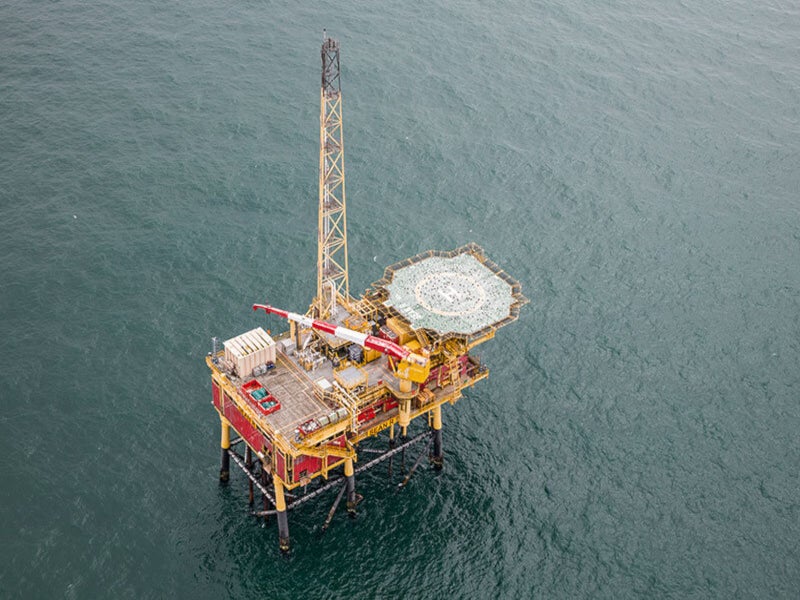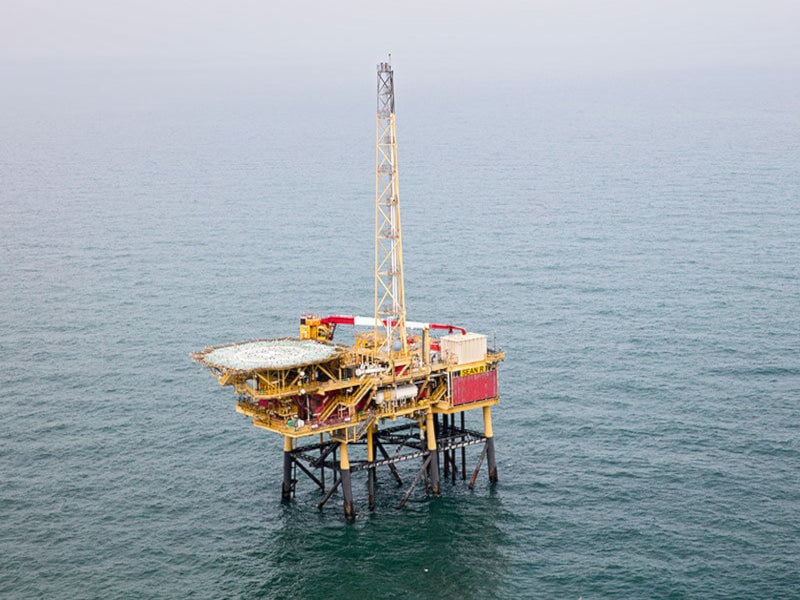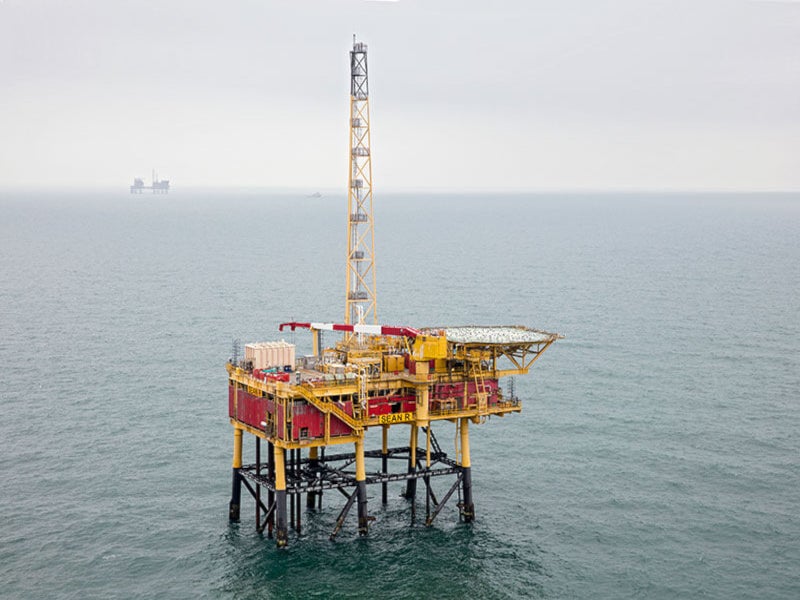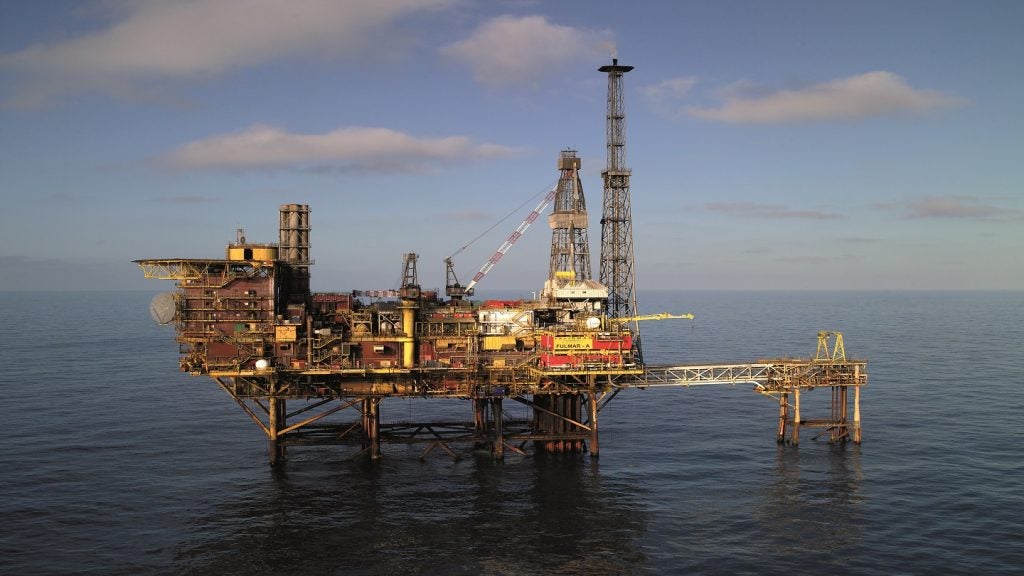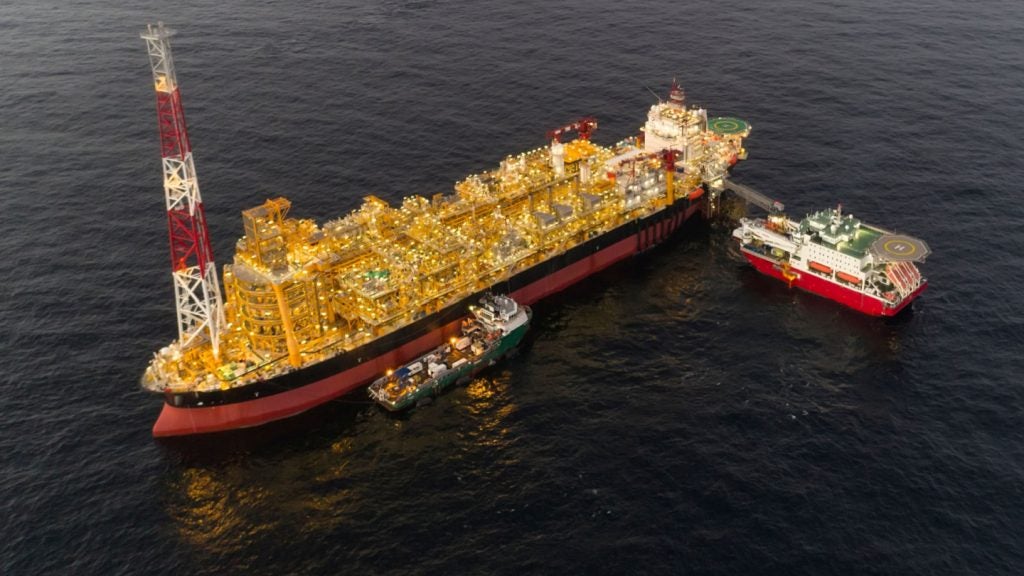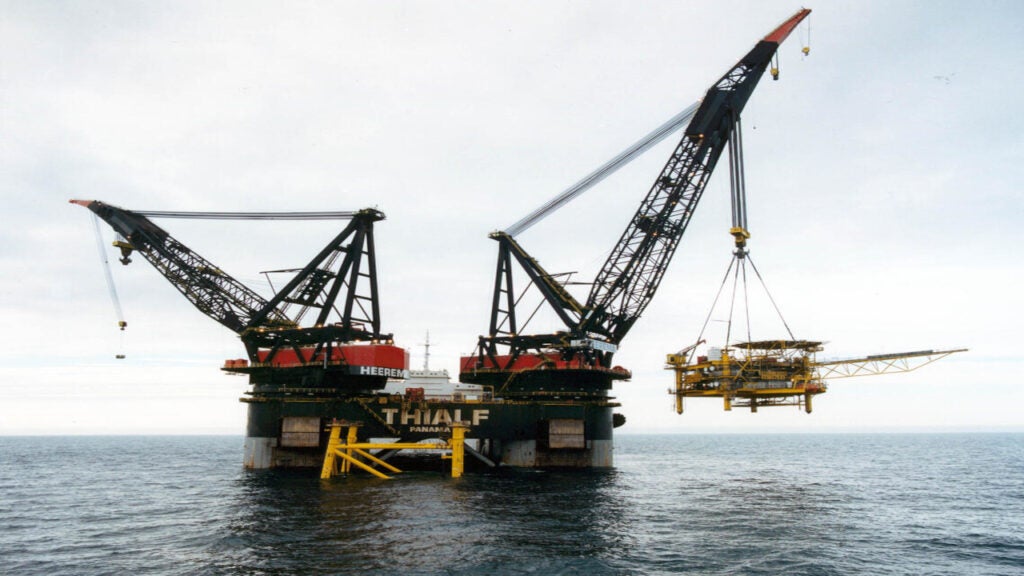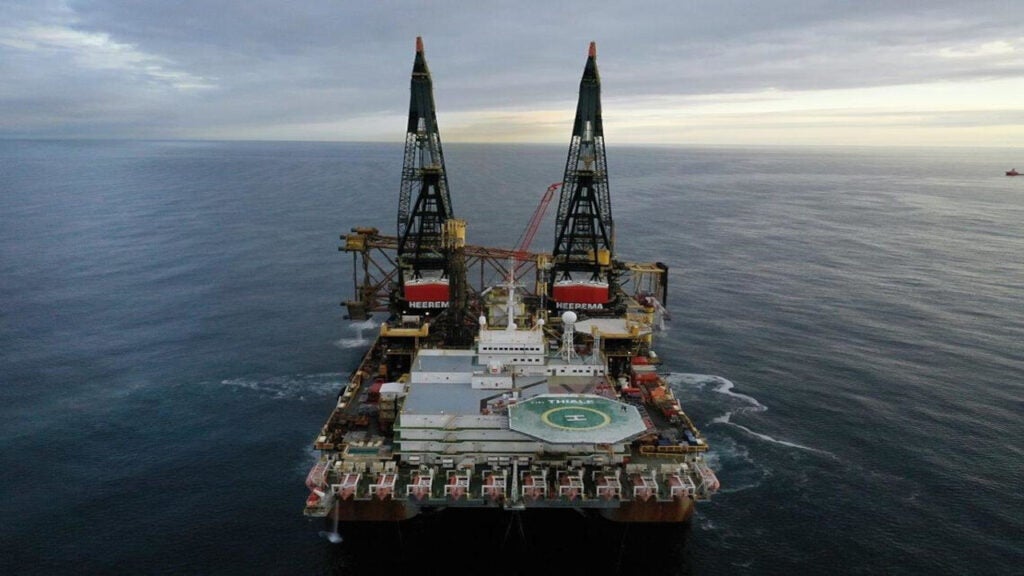The Sean gas field, which was discovered in 1969 and has been producing since 1986, will be decommissioned as it is nearing the end of its productive life.
Located in Block 49/25a within the Southern North Sea (SNS) gas province on the UK continental shelf (UKCS), the Sean gas field was discovered in 1969.
One-Dyas UK, a subsidiary of Dutch exploration and production company One-Dyas, holds 50% interest in the field and is the operator, while the remaining interest is held by Rockrose UKCS15 (formerly known as SSE E&P UK).
The application for the cessation of production submitted by One-Dyas UK was approved by the Oil and Gas Authority (OGA). The company also submitted an application for the field’s decommissioning in October 2021. The cessation of production is expected in 2025, while the decommissioning activities are scheduled to be completed by 2029.
Sean gas field details
Located approximately 94km east of the UK coast at a water depth of 30m, the Sean gas field comprises three separate fields, namely East Sean, North Sean, and South Sean.
The field was developed with three platforms, of which a wellhead and compression platform (PD) and a production and accommodation platform (PP) were interconnected through a bridge forming the Sean Papa infrastructure. The third platform is a not permanently attended installation (NPAI) called Sean Romeo (RD).
Sean RD and Sean PP are connected through PL310, a 20in-diameter gas export pipeline. The infrastructure also includes an electrical cable between Sean PP and Sean RD.
Sean PD features ten well slots of which eight are producing while Sean RD has six slots of which two are in production.
The gas produced from the Sean field is transported to Shell UK’s Bacton Terminal in North Norfolk, UK, via a 106.5km-long and 30in-diameter gas export pipeline named PL311, which has a subsea isolation valve (SSIV) at 250m from Sean PP.
Sean gas field decommissioning details
The programme includes decommissioning of the three fixed steel platforms, associated subsea infrastructure, and related pipelines at the field.
The topsides and substructures of the three platforms, namely Sean PP, Sean PD, and Sean RD, will be completely removed and transported onshore for dismantling and either recycling or disposal. The substructure piles will be cut 3m below the seabed before removal.
The PL310 pipeline and the onshore section of the PL311 pipeline will be decommissioned at the site. The rock placed around the PL311 SSIV structure is planned to be excavated and then filled back into the hole. The structure piles will be cut 3m below the seabed, removed, and returned to shore for dismantling, re-use, and recycling.
The two mooring buoys comprising surface buoys anchored through concrete blocks on the seabed will be completely removed and returned to shore.
The wells will be plugged and abandoned from the surface installations in compliance with the guidelines issued by Oil & Gas UK, a trade body of the UK offshore oil and gas industry, for the suspension and abandonment of wells in June 2018.
Other decommissioning activities
Seven pipelines and seven umbilical crossings are associated with the pipeline and five mattresses are placed over the pipeline. The pipelines will be flushed and filled with inhibited seawater before decommissioning to ensure that they are fit for re-use in future.
The 1in-diameter electrical cable S0803 will be cut at both ends and removed completely. The 20in riser tie-in spool Sean RD to PL310 and the 30in riser tie-in spool Sean PP to PL311 will be fully removed and moved to shore for recycling. The SSIV control umbilical will also be completely removed.

